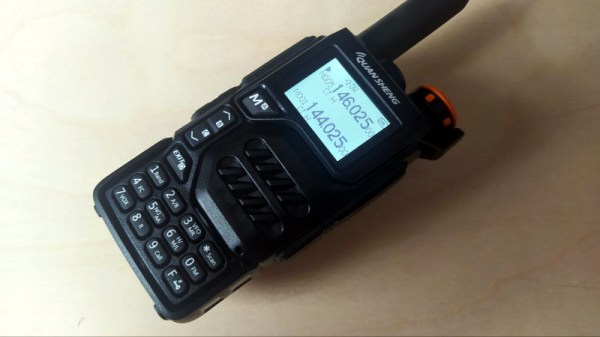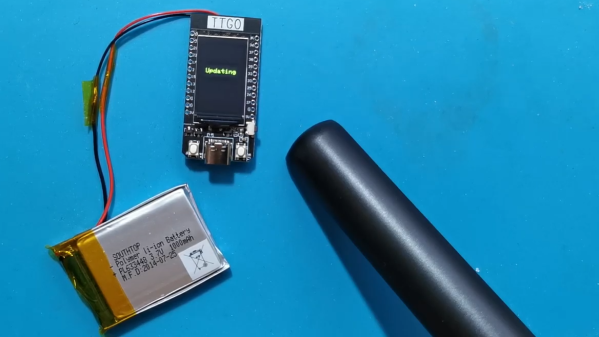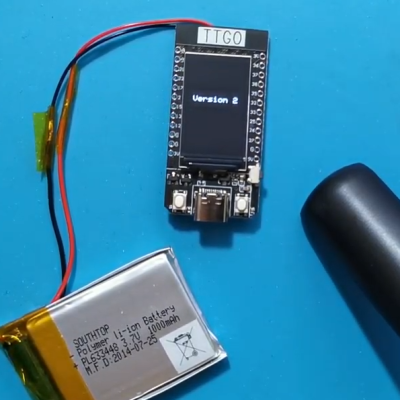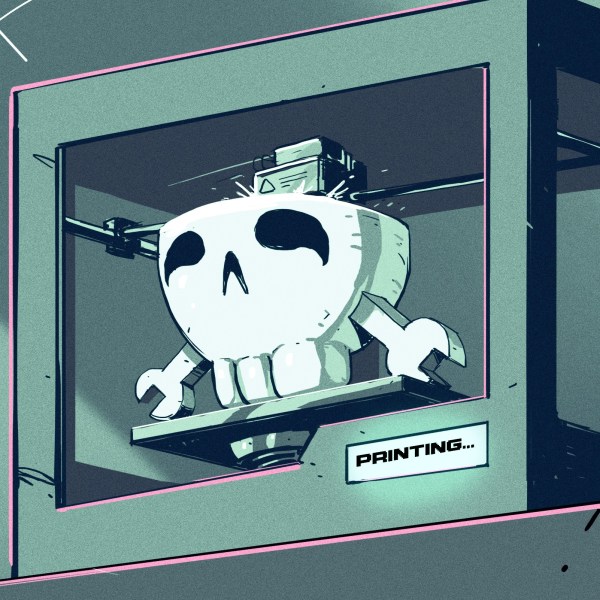It’s fair to say that many of us will have at some time inadvertently bricked a device by applying the wrong firmware by mistake. If we’re lucky then firing up some low-level reflashing tools can save the day and return the item in question to health, but we’re guessing that among you will be plenty of people who’ve had to discard a PCB or replace an inaccessible microcontroller chip as a result.
Spare a thought then for the consumer appliance manufacturer Electrolux, whose AEG subsidiary has bricked combi microwave ovens acrosss a swathe of Western Europe (Dutch, Google Translate link). They managed this improbable feat by distributing an over-the-air update that contains the firmware for a steam oven instead. Worse still, the update has disabled over-the-air updates, meaning that any fix requires physical access to the oven.
We can’t help sympathising with whichever poor AEG engineer has had the ultimate in bad days at work, but at the same time we should perhaps consider the difference between a computer and an appliance, and whether there should be a need for an oven to phone home in the first place. Sure, such devices have been computer-controlled for decades, but should a microcontroller doing a control task need constant updates?
We’re guessing this oven has some kind of cloud aspect to it which allows AEG to slurp customer data the user to control it via their app, but even so it should serve as a warning to anyone tempted by an internet-connected kitchen appliance. If the internet isn’t necessary for the food to be cooked, don’t connect it.
We feel sorry for anyone who might have put a pizza in the oven just before it was bricked, and watched in disappointment as their tasty meal remained uncooked.


















